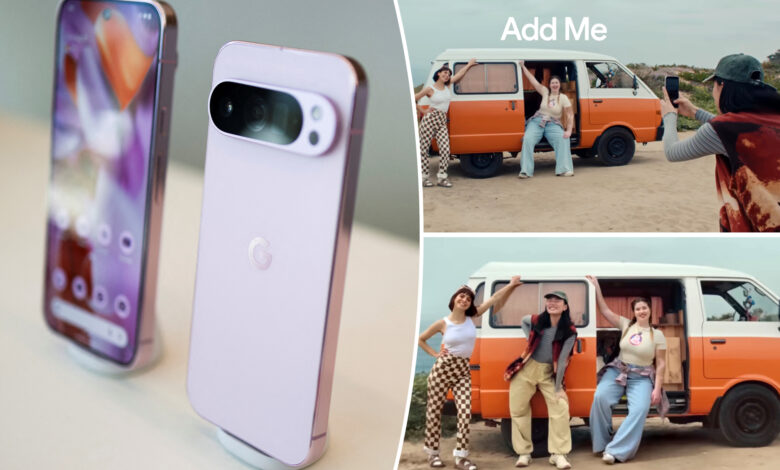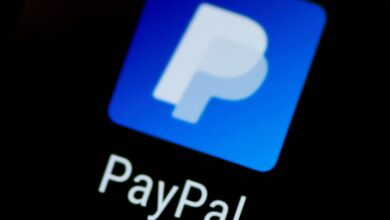New Google AI tool lets photographers be included in group pictures

Got photo FOMO? There’s a fix for that.
On Tuesday, Google announced a new, AI-powered tool on the company’s forthcoming Pixel 9 smartphones that would allow users to add themselves into a photo — no Photoshop necessary.
The feature, called the “Add Me” function, allows the photographer of a group photo to later add themselves in by first snapping the group photo and then posing in the same scene alone.
The Google feature then overlays both pictures to create one seamless image as if everyone was captured in the same frame at the same time.
“There’s usually the one designated photographer who’s left out of group pictures,” Google’s announcement reads.
“With Add Me you’ll get a photo with everyone who was there — photographer included — without having to pack a tripod or ask a stranger for help.”
The AI features on the new edition of the $799 Google Pixel, which rival that of Apple’s new iPhones, will also integrate Gemini, the Google chatbot, and allow conversations between users and the AI software.
“There have been so many promises, so many coming soons, and not enough real-world helpfulness when it comes to AI, which is why today we’re getting real,” Rick Osterloh, the company’s senior vice president of devices and services, said on Tuesday. “We’re fully in the Gemini era.”
The AI push comes after Google introduced the tech in its Gmail app as well as Gemini in its search engine earlier this year, with AI-generated summaries based on search queries appearing at the top of the results. The feature, however, came with some hiccups, such as displaying misleading or bizarre answers to users’ queries.
Critics have slammed Google for being late to the AI race despite its latest innovations. The company’s former CEO Eric Schmidt blamed the company’s work-from-home policies as the reason for its pitfalls.
“Google decided that work-life balance and going home early and working from home was more important than winning,” he said this week while speaking with Stanford University students.
He added: “And the reason startups work is because the people work like hell.”




